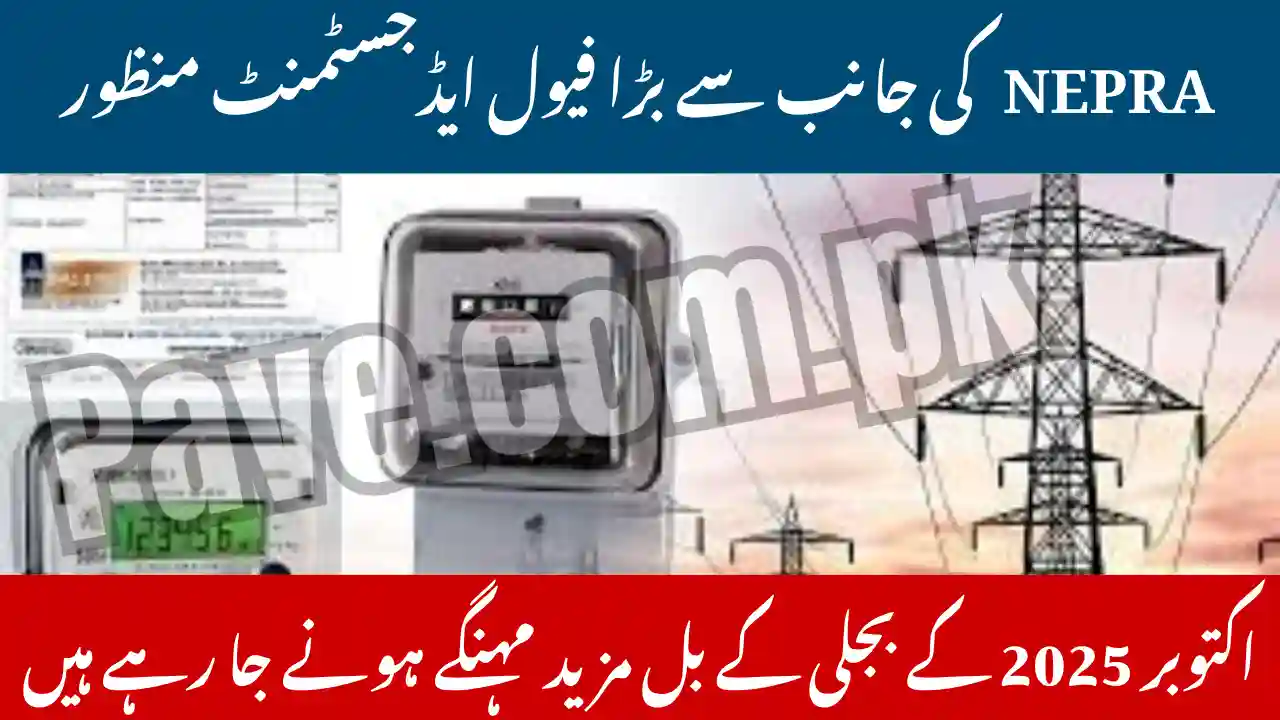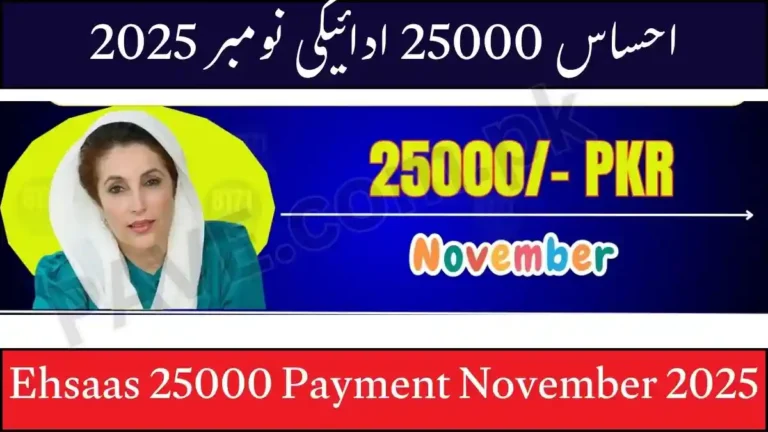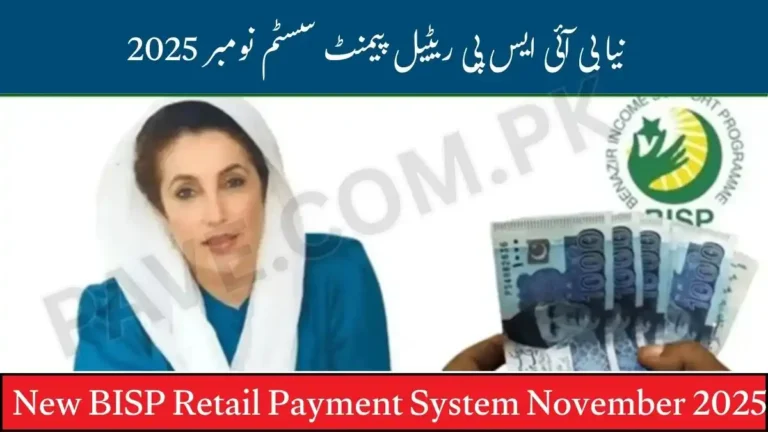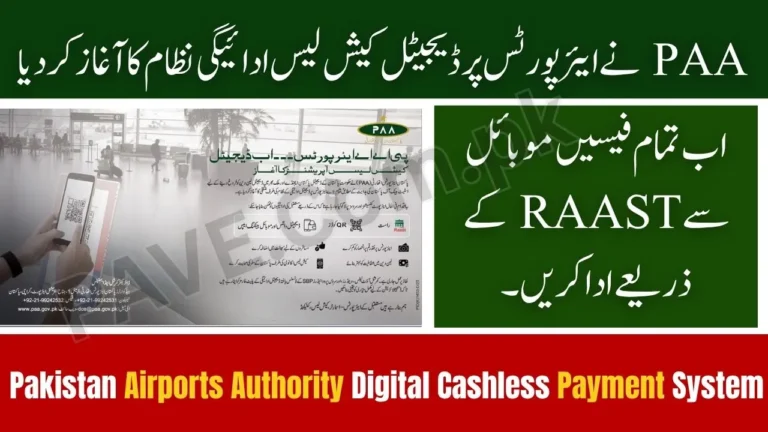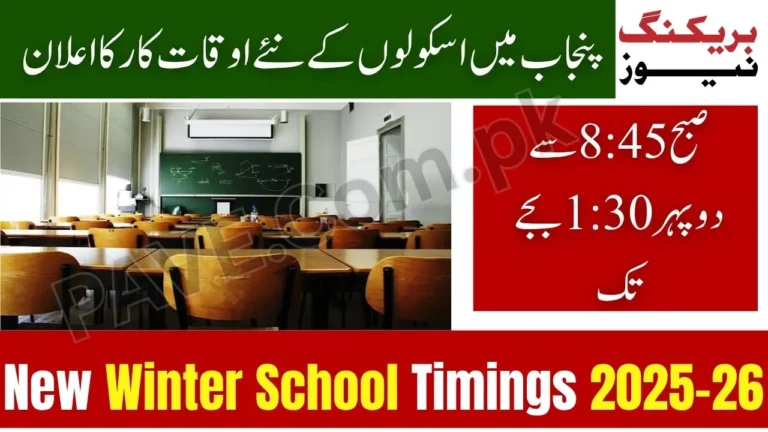NEPRA Approves Power Tariff Increase for October 2025 – Consumers Set for Higher Electricity Bills
NEPRA Approves Power Tariff Increase for October 2025 are bracing for another financial jolt as the National Electric Power Regulatory Authority (NEPRA) has approved a fresh power tariff increase for October 2025. The adjustment, which comes under the monthly Fuel Cost Adjustment (FCA) and Quarterly Tariff revision mechanism, is expected to push electricity bills significantly higher for both residential and commercial users.
This latest hike follows a series of upward revisions observed throughout 2024 and early 2025, mainly driven by international fuel price volatility, rupee depreciation, and increasing reliance on imported LNG and furnace oil for power generation. While NEPRA maintains that the adjustment is necessary to stabilise the energy sector and ensure continued supply, the move has triggered concern among already overburdened households.
For low-income consumers who are already struggling with food inflation, rising fuel prices, and stagnant wages, the additional charge on their electricity bills could lead to further financial strain. Middle-class families using 300–500 units per month may see their monthly bills rise by several thousand rupees depending on consumption slabs. Commercial users, industries, and SMEs also fear that higher electricity tariffs will push up production costs, ultimately making essential goods more expensive.
As Pakistan enters the winter season when heating appliances and geysers increase consumption in gas-deficient areas, the timing of this revision has raised further questions about affordability and energy security. NEPRA, however, argues that the adjustment reflects actual fuel costs incurred by power producers, as per national regulations.
Why Was the Power Tariff Increased?
NEPRA cited multiple reasons behind the approved tariff hike for October 2025:
- Rising global fuel prices, especially LNG and furnace oil.
- Rupee depreciation against the US dollar, making energy imports more expensive.
- Transmission losses and inefficiencies passed on to end consumers due to weak governance.
- Capacity payments to Independent Power Producers (IPPs) even when electricity generation remains low.
- Higher reliance on thermal energy sources, as hydropower generation dipped due to seasonal water shortages.
According to NEPRA, the adjustment is “a cost-reflective measure to recover genuine expenses from consumers.” However, many experts argue that such frequent increases reflect structural problems rather than temporary fuel fluctuations.
Check Also: Government of Pakistan Announces OEC Saudi Arabia Jobs 2025 – Medical & Nursing Staff Required
How Will It Affect Different Consumer Categories?
| Consumer Category | Approximate Monthly Units | Expected Bill Increase (Range) |
|---|---|---|
| Lifeline Users (Up to 50 Units) | 1 – 50 | Minimal to No Change |
| Low Consumption Households | 100 – 200 Units | Rs. 300 – 600 |
| Average Middle-Class Users | 300 – 500 Units | Rs. 800 – 2,500 |
| Heavy Consumption Households | 600+ Units | Rs. 3,000 – 5,000+ |
| Small Shops / Commercial Users | 500 – 1,500 Units | Rs. 2,000 – 8,000 |
| Industrial Users | Above 5,000 Units | Substantial increase depending on tariff |
Note: These estimates are based on historical FCA trends and may vary depending on individual DISCO billing calculations.
Which Electricity Distribution Companies (DISCOs) Are Affected?
The tariff hike applies to all major DISCOs operating under NEPRA’s jurisdiction:
- LESCO (Lahore)
- MEPCO (Multan)
- FESCO (Faisalabad)
- GEPCO (Gujranwala)
- SEPCO (Sukkur)
- PESCO (Peshawar)
- QESCO (Quetta)
- HESCO (Hyderabad)
K-Electric (KE) consumers in Karachi may face a separate adjustment, pending approval, but typically similar rates are applied to ensure uniformity.
Government Relief Measures – Any Support for Consumers?
While NEPRA finalised the tariff increase, the federal government may choose to absorb part of the hike through subsidies for lifeline and protected consumers (typically those using under 200 units). However:
- IMF agreements limit subsidy expansion.
- Fiscal deficit pressure reduces government flexibility.
- Past relief packages were often temporary or delayed.
Consumers should not rely solely on subsidies, and instead adopt energy-saving practices to control electricity usage.
Check Also: MCB Bank Announces Trainee Business Officers Program 2025 – Apply Online Across Pakistan
Energy Saving Tips to Reduce Electricity Bills:
Here are practical ways to minimise your monthly power expenses:
- Replace traditional bulbs with LED lights (up to 80% energy savings).
- Unplug idle appliances as they consume standby power.
- Use solar panels where feasible — even a small rooftop system can run fans and lights.
- Operate air conditioners at 26°C instead of 18°C to cut consumption by 30–40%.
- Run washing machines and irons during off-peak hours if TOU (Time of Use) meter is installed.
- Keep fridge coils clean — dirty coils consume more energy.
FAQs NEPRA Approves Power Tariff Increase for October 2025:
1. Why did NEPRA increase the electricity tariff for October 2025?
The increase is due to fuel price fluctuations, rupee depreciation, and recovery of power generation costs.
2. When will the new rates be applied?
On electricity bills issued for consumption during October 2025.
3. Will lifeline users be affected?
Lifeline and protected users under 50 units are generally exempt or minimally affected.
4. Does this increase apply to K-Electric users?
Yes, but KE’s adjustment may be approved separately.
5. Can consumers challenge the tariff increase?
Public hearings are held before approval, but once notified, it becomes legally enforceable.
6. How can businesses cope with rising electricity costs?
By shifting to solar, installing energy-efficient machinery, and optimising operational hours.
7. What happens if I delay my bill payment?
Late payment surcharge will be added based on total bill amount.
8. Is there any subsidy for low-income households?
Yes, but only for users within specific consumption slabs.
9. Why does NEPRA approve increases every month?
Fuel Cost Adjustments (FCA) are part of regulatory policy to reflect real generation costs.
10. Can prepaid meters reduce bill shock?
Yes, prepaid meters help track usage and avoid high bill surprises.
11. Will there be more hikes in the coming months?
Based on previous trends, further adjustments are likely depending on fuel prices.
12. How can I install solar panels at home?
You can contact NEPRA-certified solar vendors for net-metering installation.
Conclusion:
The approval of a fresh power tariff increase for October 2025 by NEPRA signals yet another challenge for Pakistani consumers already grappling with high inflation and stagnant incomes. While the regulatory authority defends the move as a cost-recovery necessity, the burden ultimately falls on end users who must now rethink consumption patterns to minimise expenses.
Households consuming 300–500 units will likely experience the sharpest impact, especially in urban areas where appliances like air conditioners, electric geysers, and washing machines drive monthly loads higher. For businesses and industries, higher electricity tariffs could translate into increased production costs and, eventually, inflation in consumer goods.
In this scenario, self-reliance through energy efficiency and alternative sources such as rooftop solar power becomes crucial. Unless structural reforms in the energy sector are made to reduce inefficiencies, capacity payments, and reliance on imported fuels, consumers should expect periodic tariff hikes to continue.
The only practical way forward for citizens is to stay informed, optimise usage, and adopt smart solutions to reduce their dependency on expensive grid power.

